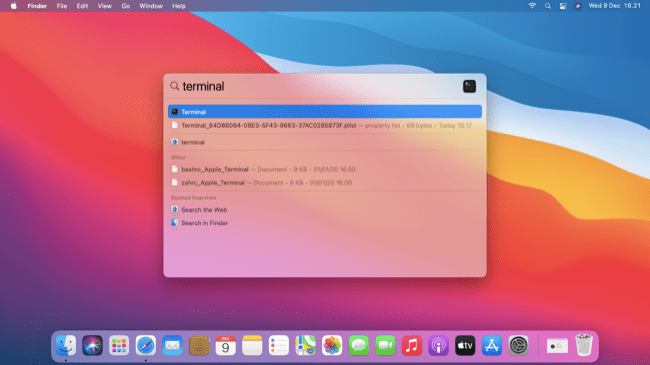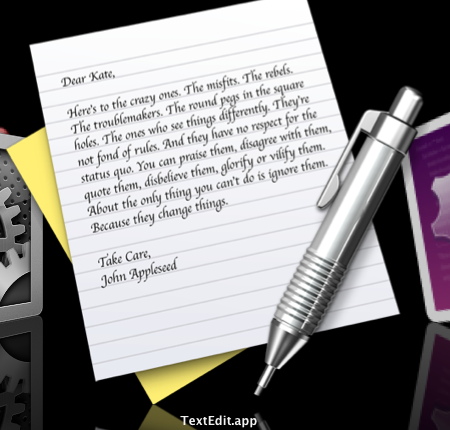

These are the files we are interested in working with. Look at the file names and notice the ones that end in. Copy/paste the following line into the box:Īfter clicking Go, a finder window should appear with several files. In Finder, select the menu bar item Go > Go to Folder.Ī panel will popup that allows you to input the direct path to the signature folder. Luckily for you, we can use Finder to open the signature file we need.

mailsignature file that has the date and time of when you started this tutorial. In the new lines that come up in Terminal after running the command, you should see a. If you still get an error, you may not be using iCloud Drive and are following the wrong step.
These are the files we are interested in working with.If you get an error, make sure you pasted the line in exactly like shown on one line. Look at the right side column - the file names - and notice the ones that end in. When you press enter you should see a bunch of lines, each of which corresponds to a file and some of its metadata. This line tells Terminal to list all the files in this directory along with some other file info, then sort it by date. Open Terminal.app, found in Applications > Utilities, and copy/paste the following line into the box and press enter. (You should only do this step if using iCloud Drive.).You are most likely using iCloud Drive, even if you are not using an iCloud email address. Check to see if you’re using iCloud Drive by going to System Preferences > Apple ID……then look to see if the iCloud Drive checkbox is ticked or not.Double-check that iCloud Drive is enabled for Mail by clicking the Options button and ensuring the checkbox next to Mail is ticked.If both of these checkmarks are ticked, then you are using iCloud Drive and should proceed to the next step. Don’t worry though, I will walk you through an alternative method of getting to the hidden signature files we need to work with.The files can be in 2 different places depending on whether you are using iCloud Drive or not. Trying to navigate to them by clicking in Finder will usually lead you to your visible iCloud Drive folder with nowhere else to go. Apple goes to great lengths to hide these files from people as they usually contain info that is not usually editable by hand. Unfortunately, most of you are not going to be able to use Finder to get to these folders. We are going to need to locate the folder containing the placeholder signature.Close the Preferences panel, and close the new document.
#Apple textedit icon code#
Open a TextEdit.app, found in Applications, start a new document, and open Preferences > Open and Save.Įnsure that the checkmark next to Display HTML files as HTML code instead of formatted text is ticked. We are going to be using TextEdit to open the code file in the following steps, so we need to ensure that it is setup properly to display the raw HTML code.Now we are going to open the HTML signature file.Close the Preferences window to save it, then Quit Apple Mail.If you want to setup the signature to be the default for an email account with auto-load when starting a new message, select the email account in the first column, and choose the new signature.Ensure the Always match my default font checkbox is off.This text should be recognizable to you as we will use it to help identify the correct signature system file later. Replace the signature contents on the right with some placeholder text. Name the signature something meaningful in the central column.Now create a new signature by clicking on + icon.Select you email account in the left column.In Apple Mail, open Preferences > Signatures.In this article we’ll guide you through the process of adding an HTML signature to Apple’s Mail client.


 0 kommentar(er)
0 kommentar(er)
